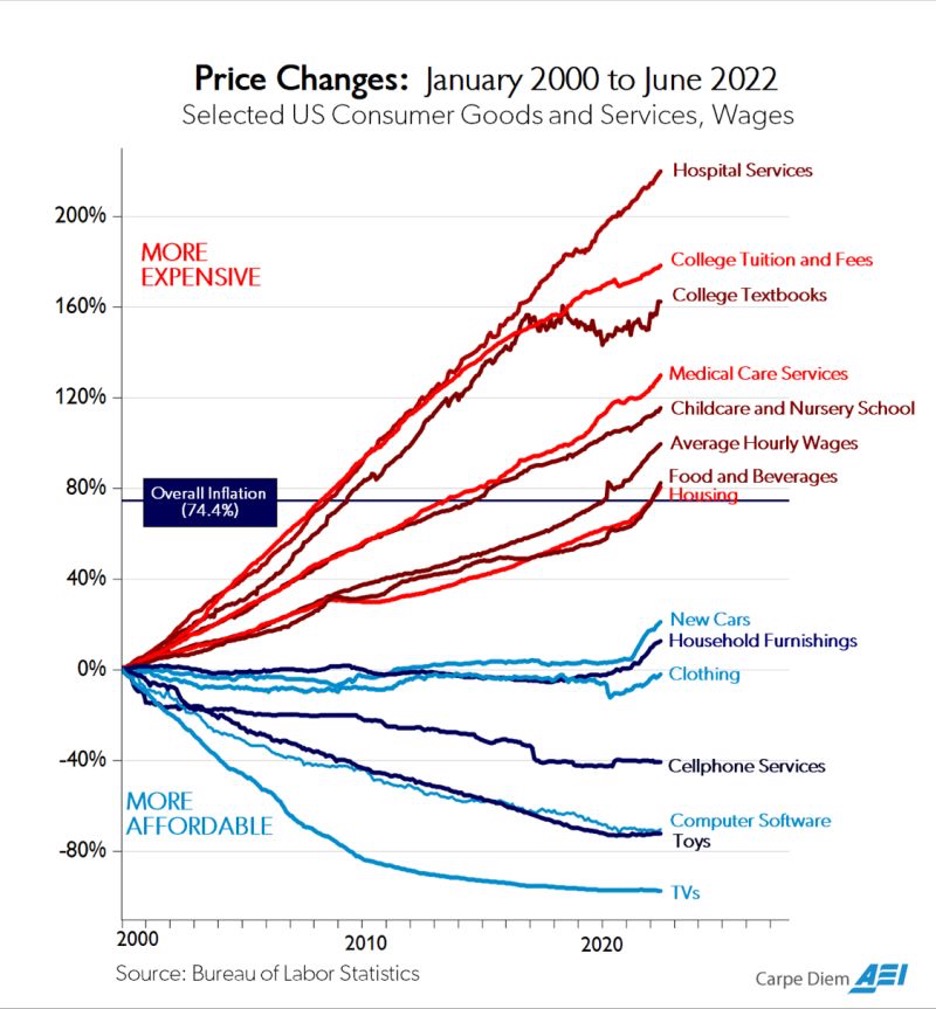Change of control clauses in executive contracts of credit union leaders should be prohibited.
This form of executive payout occurs when a credit union’s charter is ended, always via merger.
NCUA has indicated that they must be disclosed as a merger related benefit, but compliance oversight has been uneven. Global Credit Union’s $750,000 CEO payment upon merger with Alaska USA was disclosed.
In the case of Capital Communication’s merger with State Employees FCU, the member notice stated the CEO and CFO were due payments. However, the amounts were not revealed.
Why These Payments Are Contrary to the Cooperative Model
Change of control in executive contracts is primarily for those leading publicly traded stock or privately owned companies. In these situations existing owners may sell to another entity either through friendly negotiations (think Warren Buffett) or via a hostile takeover bid. The firm’s controlling ownership has changed. The existing CEO receives some additional economic benefit if new owners then want a change of leadership.
Credit unions are coops, not stock owned firms. Management is not threatened by hostile takeovers. Member-owners cannot sell their voting interests to a third party. Proxies are not allowed. Management alone is in position to initiate a merger and negotiate the details.
Adding a change of control payment to a management contract adds an incentive, even the prospect, of seeking a merger. Mergers then trigger this payment as well as multiple other benefits (eg.SERPS) that become 100% vested upon termination of a charter. These merger-related gains are a direct conflict with the CEO and board’s fiduciary duty to its member-owners.
In addition, these CEO initiated and arranged combinations often include job guarantees and bonus payments for senior management in addition to the benefits compensation triggered by the firm’s demise.
This is why such financial conflicts were mandated to be disclosed in NCUA’s 2017 merger rule. But reporting does not remove the stain of conflict. Especially when the complete context for these benefits are almost never declared. Moreover member notices state that NCUA has “approved” the merger subject to member vote-so how can owners object?
Member Owners Left Out
Management takes care to secure their personal self-interest when developing merger plans. They are offering their ongoing entity, its equity and intangible franchise value for free to the continuing credit union. A transaction unheard of in a market economy. What’s wrong with taking a little off the top for the person(s) that initiated this strategic move?
Member-owner interests are last in these combinations of well-capitalized , long-servicing credit unions. Rarely is any objective member benefit detailed.
The most frequent assurance is that existing branches will remain open and/or all employees are assured future positions. These are embellished with pledges of a continuing superior service culture, as the board and management turnover all their accountability to a third party—a credit union which members had no role in choosing and know nothing about.
I have yet to see a specific benefit listing for members in a merger that the existing credit union could not provide itself without a merger. Members are given only words. By contrast management has no problem determining its assured roles and remuneration down to the penny.
Self-interested motivations by CEO’s are not new. The change of control is just the most recent addition to merger initiated financial grabs. It is openly marketed by compensation consultants to “protect the CEO’s interest” as part of a standard benefits package.
What Should Be Done
Ideally boards should not approve any contracts with a change of control clause as antithetical to cooperative design and their fiduciary duty of care.
But that is unlikely as increasingly CEO’s select their boards, not the other way round.
Or credit trades and spokespersons could state their opposition to the practice. Not likely either for the CEO’s pay the associations’ dues.
The single piece of credit-union-only legislation which the trades steered through the last Congress gave credit unions the ability of expel members. A “success” so loaded with reputational kryptonite that even NCUA is loath to touch it.
However, another regulator may provide a model for this increasingly anti-member practice.
On January 5, 2023 the FTC proposed a rule that would ban non-compete clauses in employee contracts. One in five Americans is bound by non-compete agreements. In some industries such as technology and health care, studies have found as many as 45% of primary care physicians and between 35% and 45% of tech workers are bound by non-compete clauses.
The FTC asserts the agreements are noncompetitive and “block workers from freely switching jobs, depriving them of higher wages and better working conditions, and depriving businesses of a talent pool that they need to build and expand.”
In 2015 Silicon Valley firms including Apple Inc., Alphabet Inc.’s Google, Adobe Inc., and Intel Corp. agreed to a $415 million settlement over allegations that they conspired to avoid luring each other’s staffs.
A few states have already passed laws limiting their use, especially for lower paid workers.
The FTC’s goal is to protect and enhance workers’ employment rights. FTC asserts these agreements prevent open competition for labor, and limit employees from optimizing returns from their skills and experience.
Power to the People?
For NCUA the fundamental issue should be member rights, especially in mergers. Change of control clauses put the interests of credit union senior management ahead of their fiduciary duty to members. It provides personal incentives for the individuals who determine when and how such an option should be considered.
Whether by rule, supervisory interpretation or public statements the NCUA board should affirm that member-owners are always the first priority versus management’s self-interest in mergers.
The democratic cooperative model of one member, one vote was designed to give coop owners the ultimate control of their credit union’s future. In all other financial institutions one group or another is given preference based on their varying legal positions as owners.
Given the paucity of information in mergers, member voting has become a meaningless administrative exercise to gain the owner’s sign off. This empty gesture is easily gamed by those who have the most to gain.
Banning non compete clauses is a first step to restoring a modicum of democratic integrity to cooperative mergers.


